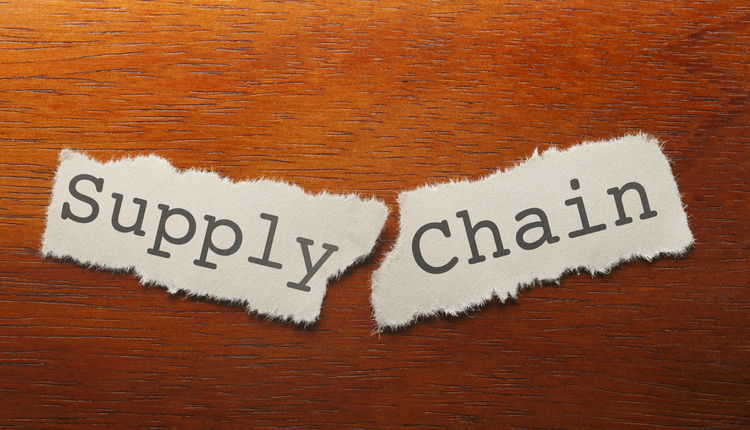Speed, flexibility, and reliability are the differentiators in today’s small parcel environment, and technology is changing the competitive landscape. The explosion of e-commerce, combined with a consumer market that is demanding expedited delivery times, is challenging the legacy parcel carriers. As a result, FedEx and UPS are investing heavily in technology to speed up the delivery process and give the consumer more control over their packages.
For the delivery company, it all starts in the small parcel sorting facility. Here, items are scanned, processed, and sorted for delivery to meet such requests as next-day, same-day, and in some cases, less than same-day delivery. Automating sorting facilities has been a priority for many delivery companies; for UPS and FedEx, automating facilities is a strategic multi-year initiative and the focus of intense capital investment.
UPS’ largest fully automated package handling hub in Louisville, Kentucky is the size of 90 football fields. The company has tripled the number of conveyors and increased the sorting capacity by 37% to 416,000 packages per hour. The company is on track to automate its tier 1 and tier 2 hubs by 2020. Moving forward, all new hubs will be built using an automated design.
FedEx also understands the importance of technology driving profitability and is injecting huge investments into facilities automation in its new fiscal year. The company plans to invest nearly $2 billion in capital expenditures in its Ground division for fiscal year 2017. The investment will be used to grow its “highly profitable network” and will involve facility expansions and equipment purchases. FedEx’s largest sorting facility in Memphis, Tennessee, has miles of conveyors and can sort thousands of packages per hour. FedEx has built its own proprietary technology to control and manage sorting. As a result, FedEx requires IT vendors to provide a standard interface in order to integrate the sorting and scanning hardware into its proprietary and customized process. This process is part of its Integrated Sortation System (ISS). The system uses algorithms that controls when and where to divert each package based on data recorded by overhead dimensional scanners.
While packages are sorted and loaded into vehicles, routes are being simultaneously optimized to provide the most efficient means of delivery. UPS’ On-Road Integrated Optimization and Navigation (ORION) system uses fleet telematics and algorithms to gather and calculate data to provide UPS drivers with optimized routes. The technology helps UPS drivers determine the optimal method to deliver and pick-up packages within a set of stops defined by start time, commit time, pick-up windows and special customer needs. The system relies on online map data, customized by UPS, to calculate miles and travel time in order to plan the most cost-effective routes. Full deployment of the company’s 55,000 routes in the North American market is expected by 2017, however, UPS is already benefiting from ORION. In first quarter 2016, ORION lowered driver miles by one percent despite total delivery stops growing by six percent. In addition, overall productivity gains held direct labor hours to an increase of 1.8%, below the average daily volume growth.
Delivery technology is also empowering consumers. Over the years, FedEx and UPS have enhanced tracking capabilities, allowing consumers to determine where to direct their packages, customize delivery times, and provide special instructions to delivery drivers. UPS recently announced “Follow My Delivery” as a functionality within its UPS My Choice service. The service allows members to monitor the progress of their urgent UPS Air and UPS Worldwide Express packages on a live map. The map enables delivery recipients to see a detailed view of where their package is located as well as when it is out for delivery. UPS plans to expand the Follow My Delivery feature to more services in the near future.
In addition, FedEx and UPS are active participants in the shift towards digital solutions. Over the years, the UPS Strategic Enterprise Fund has invested in such companies as Shutl, Deliv, and Roadie. The Fund’s purpose focuses on products, services, and technologies that can reshape industries and expand UPS’ ability to provide customers with business solutions that “synchronize the flow of goods, information, and funds.” FedEx sponsors the FedEx Institute of Technology at the University of Memphis and is also a sponsor of the Epicenter Logistics Innovation Accelerator, which brings innovative logistics products and technologies to market.



















